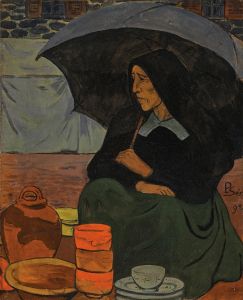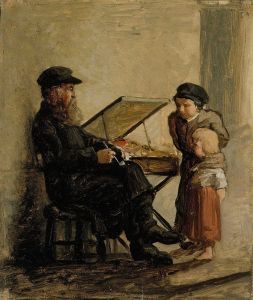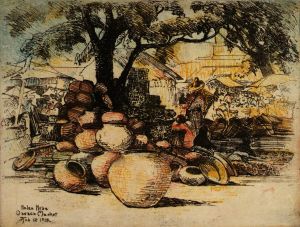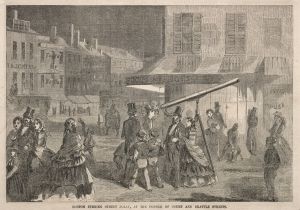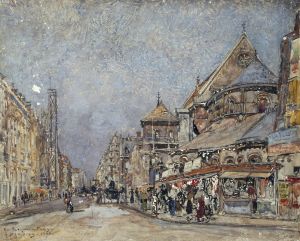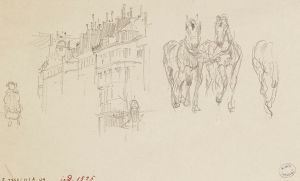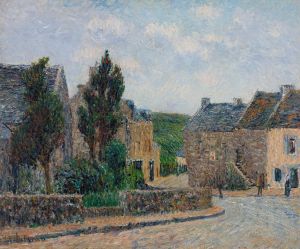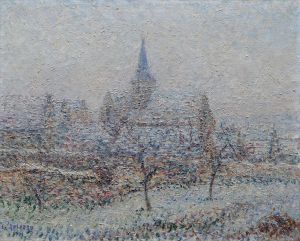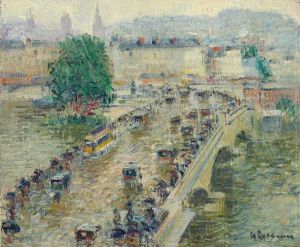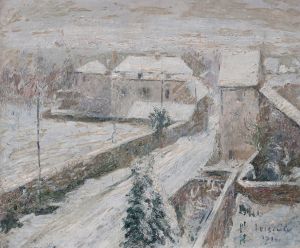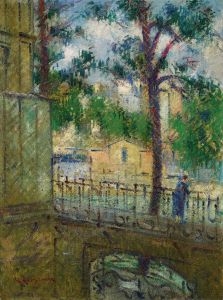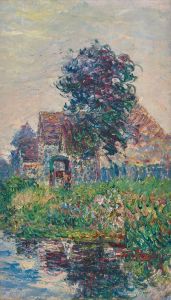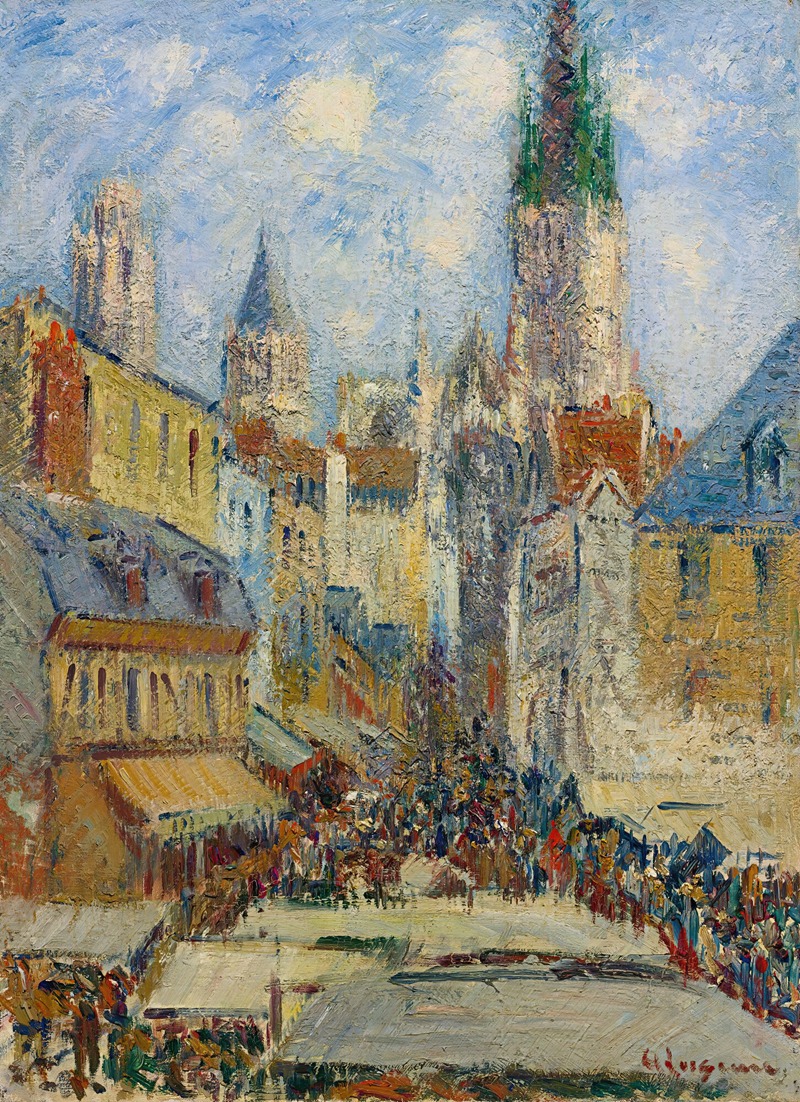
La Place De La Basse, Vielle Tour Et Le Marché De La Place, Rue De L’épicerie
A hand-painted replica of Gustave Loiseau’s masterpiece La Place De La Basse, Vielle Tour Et Le Marché De La Place, Rue De L’épicerie, meticulously crafted by professional artists to capture the true essence of the original. Each piece is created with museum-quality canvas and rare mineral pigments, carefully painted by experienced artists with delicate brushstrokes and rich, layered colors to perfectly recreate the texture of the original artwork. Unlike machine-printed reproductions, this hand-painted version brings the painting to life, infused with the artist’s emotions and skill in every stroke. Whether for personal collection or home decoration, it instantly elevates the artistic atmosphere of any space.
Gustave Loiseau (1865-1935) was a French Post-Impressionist painter known for his landscapes and scenes of Parisian life. One of his notable works is "La Place De La Basse, Vielle Tour Et Le Marché De La Place, Rue De L’épicerie," which translates to "The Lower Square, Old Tower and Market of the Square, Grocery Street." This painting exemplifies Loiseau's characteristic style, which often included vibrant colors, dynamic brushwork, and a keen attention to the effects of light and atmosphere.
Loiseau was born in Paris and initially trained as a decorator before turning to painting. He studied at the École des Beaux-Arts and was influenced by the works of Claude Monet and Camille Pissarro, both of whom were leading figures in the Impressionist movement. Loiseau's work, however, is often associated with the Post-Impressionist movement due to his distinctive approach to capturing the essence of a scene.
"La Place De La Basse, Vielle Tour Et Le Marché De La Place, Rue De L’épicerie" is a quintessential example of Loiseau's ability to depict the bustling life of small towns and rural areas in France. The painting captures a lively market scene, with vendors and townspeople engaging in daily activities. The old tower and surrounding architecture provide a historical context, suggesting a location steeped in tradition and community life.
Loiseau's technique involved the use of short, broken brushstrokes, which created a sense of movement and vibrancy in his compositions. This method allowed him to convey the transient effects of light and weather, a hallmark of his work. The color palette in this painting is rich and varied, with warm tones dominating the market scene and cooler hues used to depict the shadows and architectural elements.
Throughout his career, Loiseau traveled extensively across France, painting scenes from various regions including Normandy, Brittany, and the Île-de-France. His works often reflect the changing seasons and the unique character of each locale. "La Place De La Basse, Vielle Tour Et Le Marché De La Place, Rue De L’épicerie" likely depicts a specific location that Loiseau visited and was inspired by, although the exact town or village is not specified in available records.
Loiseau exhibited his works at the Salon des Indépendants and the Salon d'Automne, gaining recognition for his contributions to the Post-Impressionist movement. His paintings are held in numerous public and private collections, including the Musée d'Orsay in Paris and the Art Institute of Chicago.
In summary, "La Place De La Basse, Vielle Tour Et Le Marché De La Place, Rue De L’épicerie" by Gustave Loiseau is a vibrant depiction of a market scene in a French town, showcasing the artist's skill in capturing the essence of daily life through his dynamic brushwork and keen sense of color and light. Loiseau's work remains an important part of the Post-Impressionist legacy, celebrated for its ability to convey the beauty and vitality of the French landscape and its people.





